We are officially past any dangers of frost and cold, and now the warm part of spring is certainly upon us! In many subtropical regions, this late spring season is often very dry, which can make it challenging in the garden and food forest. The rainy season, in places like Central Florida, is generally from the last week of May to the first week of October. So, for many folks, until rainy season arrives, our time is consumed with harvesting the last of the spring vegetables and daily checking gardens for watering needs.
Remember (especially in Florida), you cannot water gardens and fruit trees very well on a “perfect schedule”. Because of temperature fluctuations, wind, humidity, and other elements the length of time between watering can vary dramatically. Anyone who tells you to just water every day is going to have major issues as the season progresses.
Here is how to water properly
Use the “Finger Test” to see if your plants actually need water. Never just assume that they do. Put your finger in the soil down to the second knuckle. If it’s dry, then go ahead and water. However, if you feel coolness or moisture – then let it be. Generally speaking, most plants (especially fruit trees and berry bushes) actually like to dry out a bit between waterings. For a full PDF document on watering and caring for new fruit trees, see the resource library in Patreon.
“As a practice, it’s far better to water LESS frequently and MORE deeply.
Doing this will help establish a healthier root system and overall plant.”
-KRIS EDLER | PERMACULTUREFX FOUNDER
So, get ready for an exciting month! May is the time when our region makes the shift from “annual vegetable gardening” being the focus to a primary focus on perennial production from our fruit trees and berry bushes. So here is your May Gardening To-Do List to help you jumpstart your late-spring projects. For some, it may be helpful to print out this list and hang it somewhere to refer to it each week to check progress.
NOTE: This list is geared toward USDA Growing Zones 9-11. If you are looking for the May Garden Calendar for Zones 3-8, click here.
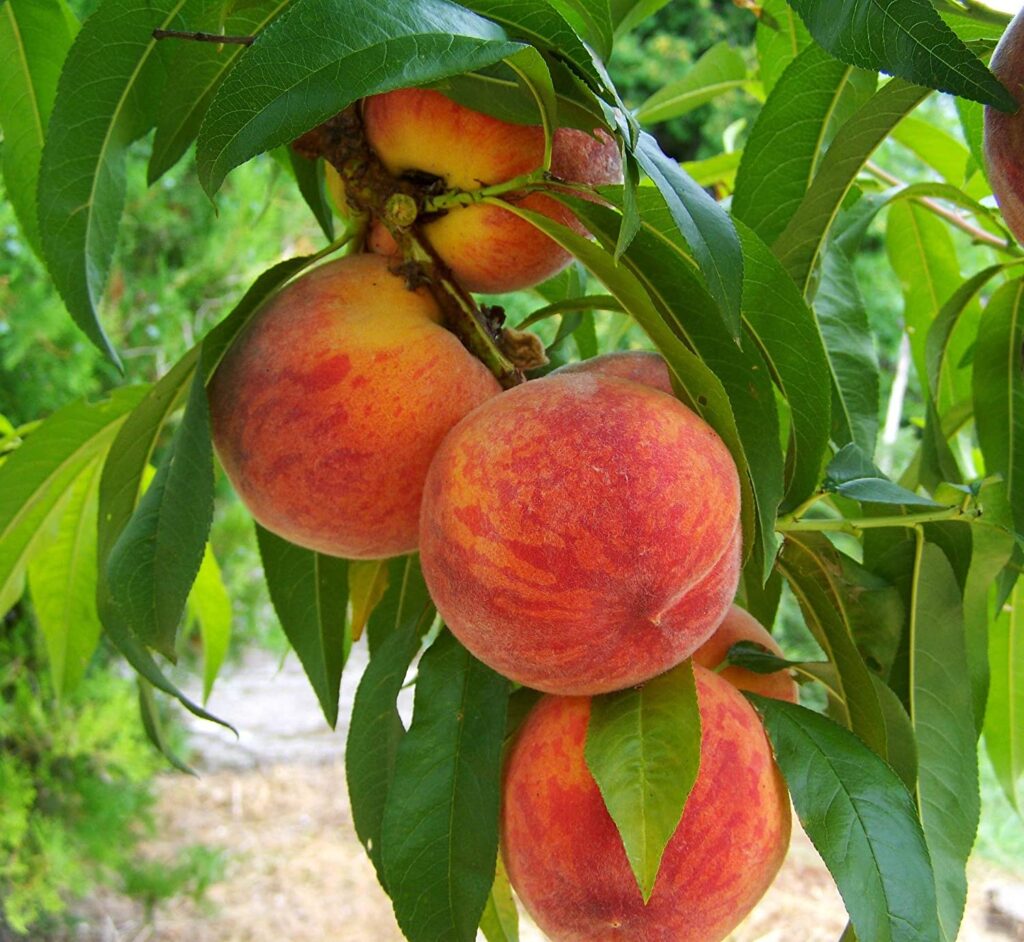
May Gardening To-Do List for USDA Zones 9-11
In the Garden & Greenhouse
- Fertilizing the vegetable garden: If you have not applied a late spring probiotic to your soil or as a foliar spray, then now is the time to do that! This application will increase the health of your soil microbiome, give plants a better chance at fighting off disease and fungus, and is a proactive way to address garden pests before they do any damage. BioAg is my preferred spray for this.
- To plant: Okra, potatoes, sweet potatoes, summer beans / peas, and Seminole pumpkin. The prime vegetable planting season is now almost over for sub-tropical zones, so it’s time to plant your cover crop. We recommend planting Sunn Hemp at the end of the month as a nitrogen-fixing cover-crop that can be tilled into the soil in August.
- Tropical Spinaches: It’s time to plant tropical spinaches like longevity spinach, Okinawa, Surinam, Jewels of Opar, Brazilian Sisso, etc!
- Salad Trees & Hibiscus: In this climate, some of the best edible greens actually grow as trees or bushes during the hot weather months. Some of our favorites include: South Sea Salad, Bele Hibiscus, Roselle (Jamaican Sorrel), Cranberry Hibiscus, and Katuk, and Kenaf.
- To harvest: Salad greens, kale, tropical spinaches, last of the peas, beets, turnips, etc. Harvest tomatoes, peppers, eggplants, etc. When they start to struggle because of heat and/or powdery mildew – just put the garden to bed and cover crop it until after the rainy season. Focus on fruit trees, berry bushes, and edible tropical plants for the summer.
- Compost: Turn pile 1x per week.
- NOTE: For most people an outdoor compost pile doesn’t really generate a lot. However, using a worm bin (like the ones from Uncle Jim’s Worm Farm), can provide worm tea which creates way more bang for your buck. For most families, composting worms are going to give you a better result than a mere compost pile.
- Cover Crops: For garden beds that are being put to rest for the summer, this is a great time to plant a cover crop. Sunn Hemp is in the legume family and does an excellent job with this. Not only will it grow 8-10′ tall by August, but produces gorgeous blooms and actually repairs the soil. Sunn Hemp repairs the soil in two ways. First, it fixes atmospheric nitrogen into the soil with nodules on the roots, which interact with bacteria in the soil. Secondly, when you till it in (or bury it) in your garden later in August, it will add much needed biomass to your soil. It can be used as animal fodder, but must be fed to livestock before it flowers.
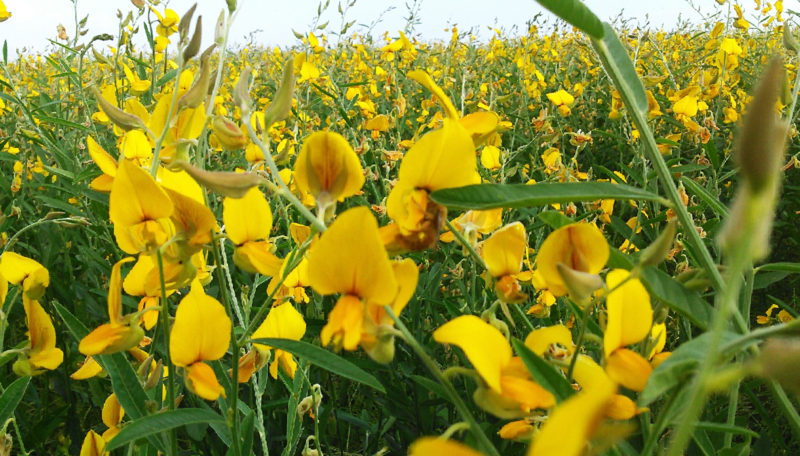
In the Food Forest
- Consider probiotics for your garden and yard (if you didn’t do it last month) FREE 11-minute talk on probiotics for the yard, click here.
- Plant new fruit trees and berry bushes. Here is a step-by-step process (with diagram) of how to plant a fruit tree or berry bush. Some of the info may surprise you. This is a great time to plant avocado, mango, strawberry tree and other tropical trees. Planting this time of year gives them 7-8 months to root in and settle before winter. It should be noted that you will need to water more often until rainy season starts.
- Ginger and Tumeric: Time to get those bad boys back into the ground! Remember, they love shade and LOTS of neglect. They also do much better in the ground (instead of pots), so plop them down, add some mulch on top, and walk away!
- Harvest (and enjoy): peaches, nectarines, plums, mulberries, strawberry tree, moringa leaves / flowers, elderberry, blueberries, jaboticaba, cattleya guava (in some areas). Anyone else in food forest heaven, yet?!
- Apply mulch (wood chips) to any areas that need it. Fruit trees like to have 4-6″ of wood chips around the base (extending all the way to the drip line). Remember to keep mulch a few inches back from the truck, because you don’t want the decomposing wood touching your tree.
- Pruning: NO major pruning once trees flower. After they awaken for the spring, there is a lot of sap flowing, so you don’t want to cause a fungal or bacterial issue by pruning this time of year. Pruning should be done during late winter dormancy, so if you haven’t pruned fruit trees yet, it’s best to wait at this point. You can, however, still prune pines, decorative shrubs, and ornamental trees now.
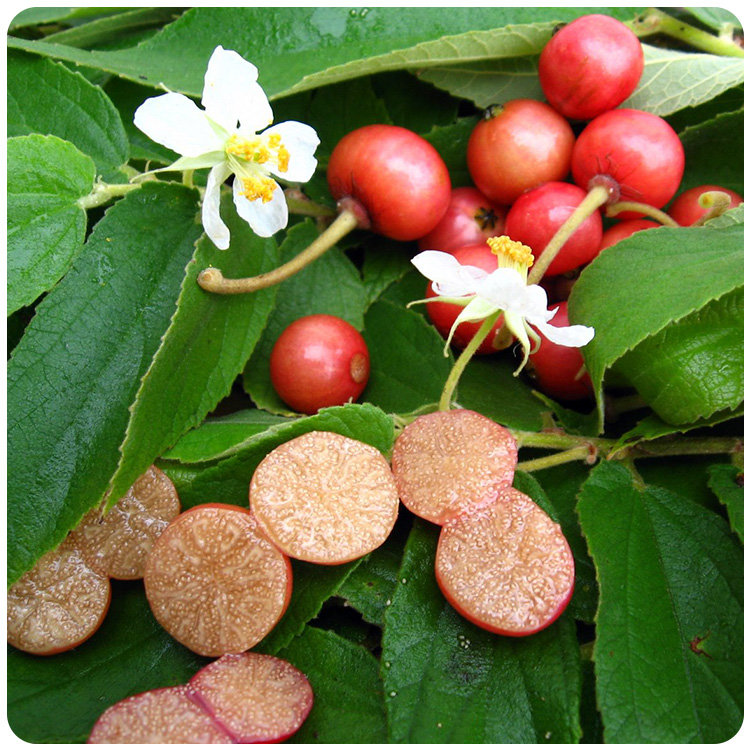
In the Shed
- Put out yellow jacket and fly traps
- Reset mouse / rat traps (peppermint essential oil on a cotton ball in storage areas will also repel them)
- Spring cleaning time: Go through a couple storage areas this month and recycle, donate, and reorganize. Steward what you have with excellence.
Livestock
- Water rotations: In nature, animals don’t drink out of the purified, and chemically treatred tap. Sometimes their water is from a rain puddle, but other times from a stream or pond. To help mimic this and give their immune system a boost, try doing something different every time you refill their water.
- Apple Cider Vinegar: 1 tsp per gallon
- Honey: 1 TBSP per gallon
- BioIivestock Probiotic: Dilution rate on bottle depending on species
- Herbs: Add fresh oregano, thyme, rosemary, etc to their water to make a “tea”
- Rainwater
- Spring Chickens: This is a great time to add to the flock by either purchasing heritage breeds or hatching your own. Whatever you do, stay away from Cornish Rock or Cornish Cross “meat birds”… more on that to come. It’s also an ideal time to add rabbits, quail, or other animals into your system.
- Dogs: It’s time for spring check-ups on the fur babies. Once they are up to date on their appointments, go support a local groomer and send them to the doggie spa for a day. NOTE: I’d give a tip on cats… but the only thing I can think of is how much I don’t like them. Sorry, not sorry.
In the Pasture
- Plant: Last chance to plant Timothy grass, perennial peanut, wildflower mixes, tobacco, clover mixes, and alfalfa can still be planted in some regions. Due to the usual dry weather this time of year, supplemental watering may be needed.
- Hay / Straw: Any rotting or wet bales can be used in the garden or food forest as deep mulch. It can be spread 5-7″ thick in areas that are going to be “future” garden beds in order to prep the soil. First, roll out contractor paper (usually found in the paint section of a hardware store) over the grass and then cover with the straw or other mulch. This is a great opportunity to do “layer mulching” if you have other materials available.
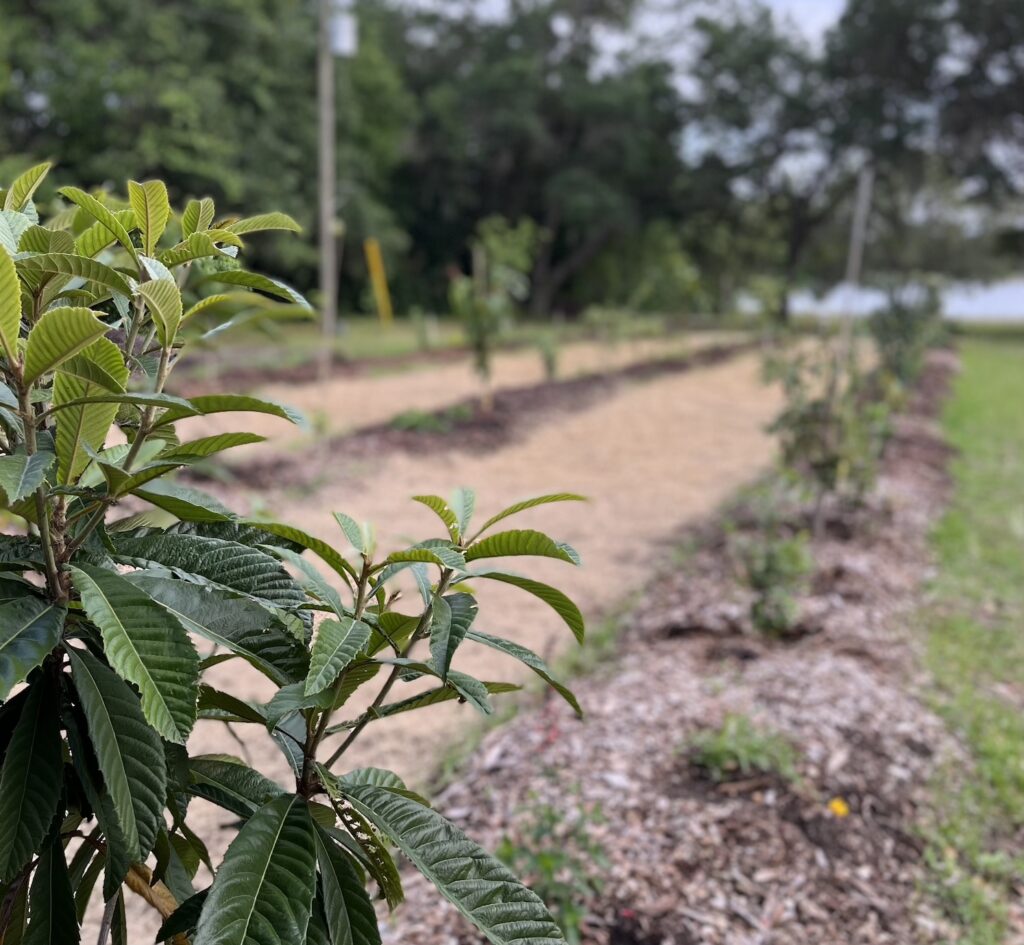
Around the House and Perennial Beds
- Power washing time: Use an organic soap (like Basic H) to power-wash the house, sidewalks, and other recreational vehicles.
- Cut back last years growth: Remove any dead material left over from last fall and add to the compost pile.
- Fertilize flower beds: Use kelp, blood meal, and/or fish emulsion. I like to use blood meal in March/April and then in May/June use bone meal. Kelp and fish emulsion can be used anytime during the growing season. Alternatively, apply a 1/2″ layer of compost to flower beds or at the base of each flower. Keep away from the stems, so it doesn’t “burn”.
- Perennial Flowers: Using native wildflowers is so much easier than annuals, not to mention will save you money because they come back every year. Here are some of our favorites!
- Air out the house: On a day you are home, open up every window in the house and turn on fans to circulate fresh air into the house. Change the filters in the HVAC system for the spring months. This is also a great time to vacuum out floor vents and air returns.
- Clean out the freezer and disinfect really well. It’s often best to do this the day before garbage day, so you can take old items directly to the road.
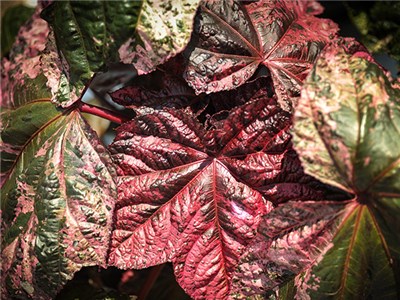
Kids & Family Ideas
- Nature Hike: Create a mini-scavenger hunt before going on your nature hike. Have kids look for things like: a feather, a seed pod, a leaf bigger than their hand, a cool rock, a weird stick, etc.
- Wild Bird Feeding
- Set out orange halves and grape jelly for the arriving orioles
- Put hummingbird feeders out on April 15th (never use the kind with red dye), and be sure to change the water in them every week.
- Hang a new birdhouse for spring nesting season
- Add white millet to feeders to attract indigo buntings (bright blue birds)
- Local Farm Visit: Many local farms offer free tours, kids activities, etc. Look up a local farm to visit in your area and give your kiddos exposure to the animals, crops, and fruit trees.

See you in the garden
As always, thanks for taking time to join on the gardening and permaculture journey. Be sure to check out the continual flow of content available via our social media channels. Remember, PermacultureFX also does both in person AND virtual consulting (using facetime, zoom, satellite images, etc.). We’d love to help you get a plan for your property and help you create abundance and wonder.
For those looking for on-going homestead mentorship, online permaculture classes, and access to our ever-growing library of resources – consider becoming a member of our Patreon Community. The Abundance Tier even has a FREE 7-Day Trial, so you can bing watch and see if it’s a good fit for you. Patreon also has a free monthly printout of this list in “check-list form” for easy printing and hanging in the barn or shed.
Lastly, if this article was helpful, consider sharing on social media (or with your garden groups) to help set others up to win on their property.
Happy spring, and I’ll see you in the Garden!
– Kristofer Edler

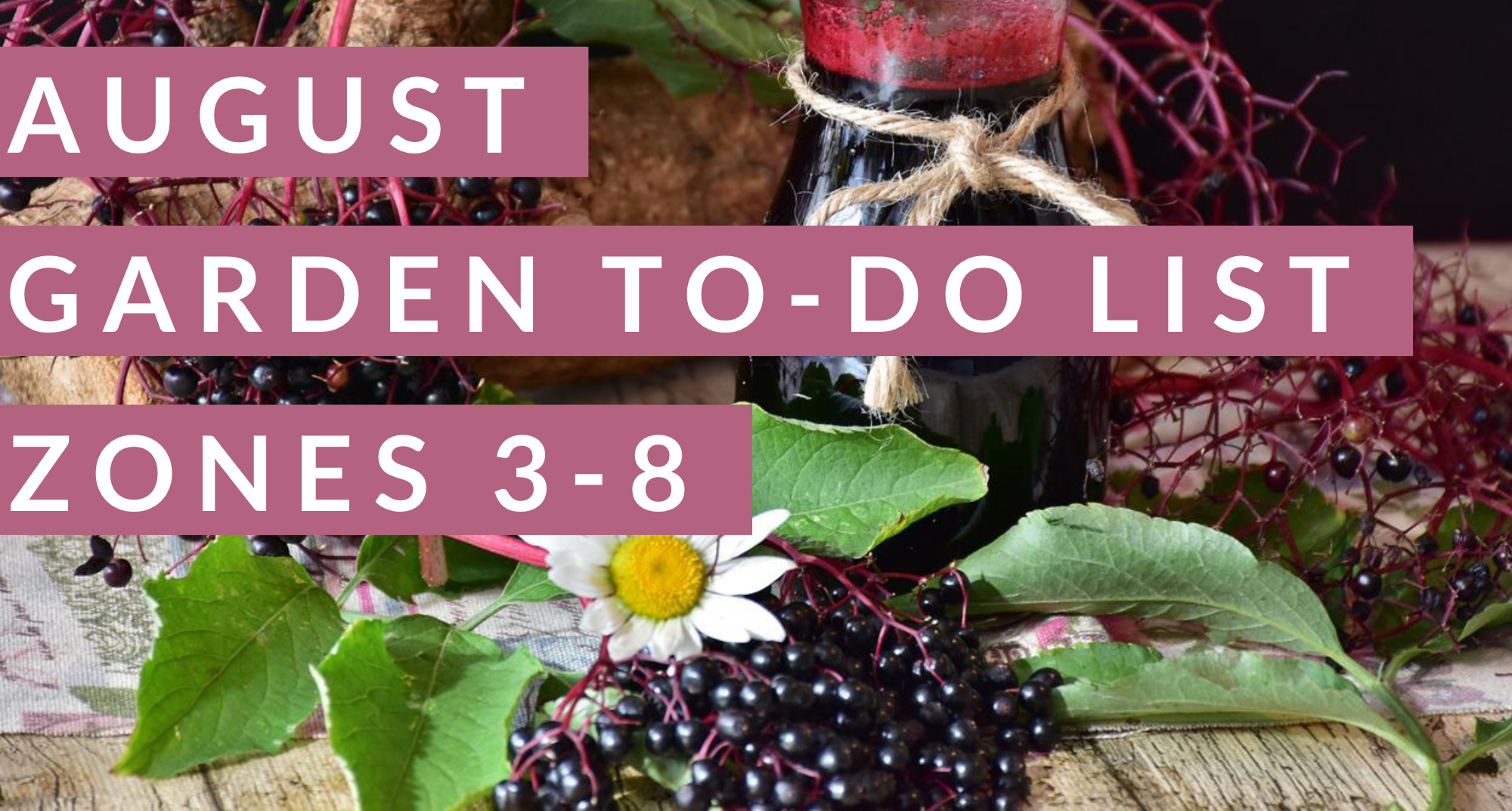

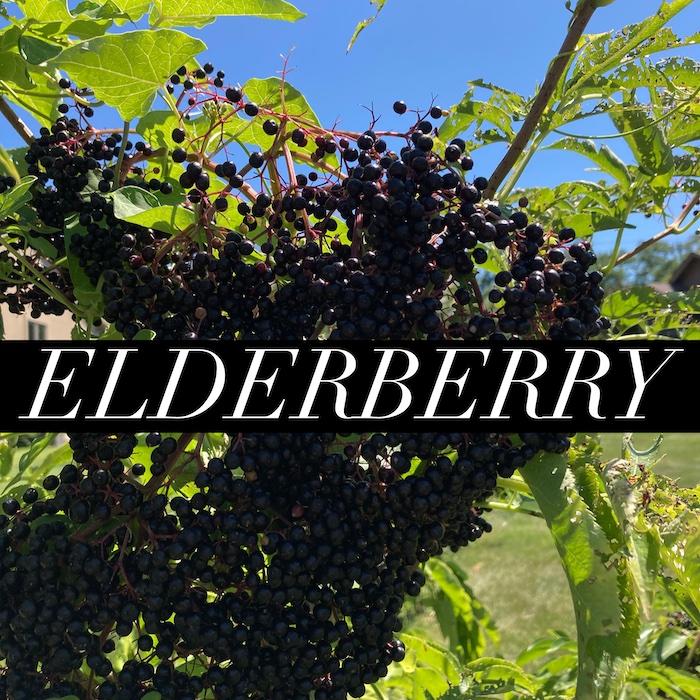
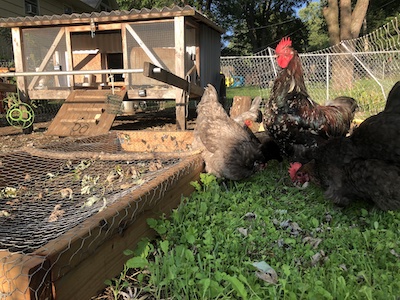
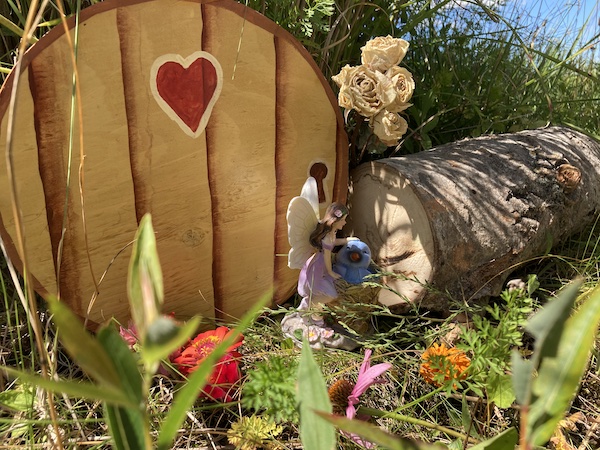
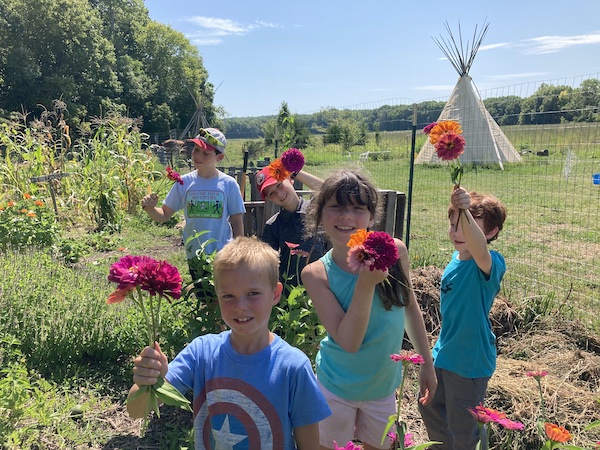
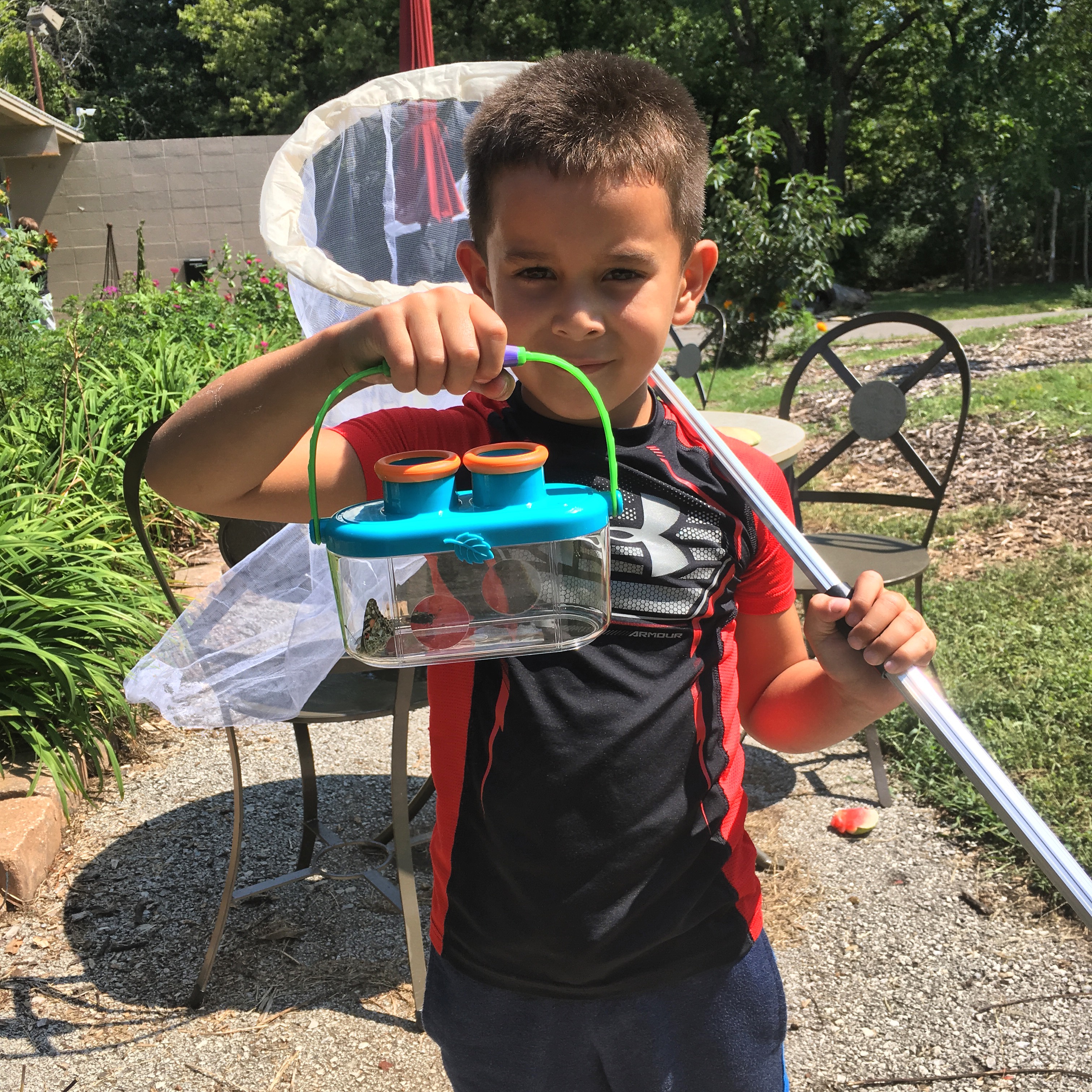
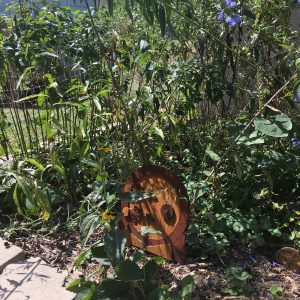 2 – Hobbit / fairy furniture to spark imagination
2 – Hobbit / fairy furniture to spark imagination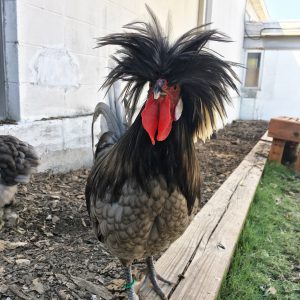 3 – Involve animals
3 – Involve animals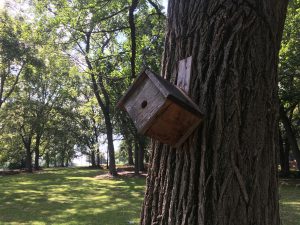 4 – Birdhouses, feeders, and watering stations
4 – Birdhouses, feeders, and watering stations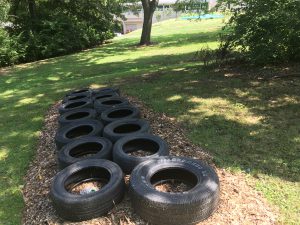 5 – Interactive fitness areas
5 – Interactive fitness areas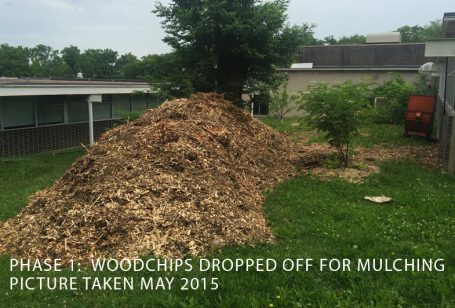
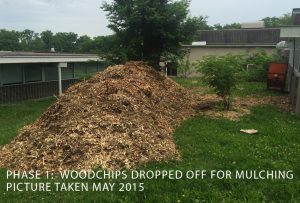 For the urban gardener or dirt ninja, we tend to start new vegetable gardens, fruit tree guilds, and hugelkultur swales, but all too many times, get sidetracked from focusing on one project only to start another one. On most permaculture worksites, you can walk around a see 10-15 (or more) projects that are started, but yet to be successfully completed. On these worksites, one dynamic which often follows is the systems are not maintained, managed, or allowed to yield at their fullest potential. Not to mention the unpleasant side-effect, which includes ugly properties with piles of “stuff”. When managed well, a permaculture system should both create successful yield, and provide beauty for the eye.
For the urban gardener or dirt ninja, we tend to start new vegetable gardens, fruit tree guilds, and hugelkultur swales, but all too many times, get sidetracked from focusing on one project only to start another one. On most permaculture worksites, you can walk around a see 10-15 (or more) projects that are started, but yet to be successfully completed. On these worksites, one dynamic which often follows is the systems are not maintained, managed, or allowed to yield at their fullest potential. Not to mention the unpleasant side-effect, which includes ugly properties with piles of “stuff”. When managed well, a permaculture system should both create successful yield, and provide beauty for the eye.
 When we actively engage in a permaculture creative process, these 5 keys to healthy building help us live from a peaceful, balanced, and productive place. In order to experience the power of a focused life, it’s important to revisit these five keys and ask ourselves a few questions. First, “What am I committed to in each of these areas right now?” The second question is “How do I limited myself to ONE commitment per area?” Finally, “Am I overcommitted and lying to myself about what I can responsibly accomplish?”
When we actively engage in a permaculture creative process, these 5 keys to healthy building help us live from a peaceful, balanced, and productive place. In order to experience the power of a focused life, it’s important to revisit these five keys and ask ourselves a few questions. First, “What am I committed to in each of these areas right now?” The second question is “How do I limited myself to ONE commitment per area?” Finally, “Am I overcommitted and lying to myself about what I can responsibly accomplish?” Make a list of these five areas and what you are currently doing in each. Narrow it down to five projects total (
Make a list of these five areas and what you are currently doing in each. Narrow it down to five projects total (
 As a permaculture test site, TDA has been hosting yearly gardening courses for 7-12th grade students, and in 2016 hosted its first Permaculture Design Certification Course (PDC). As a test site, there are several models of permaculture related designs taking place on one property. Each of these has a direct connection to the students, classrooms, and families that the school serves.
As a permaculture test site, TDA has been hosting yearly gardening courses for 7-12th grade students, and in 2016 hosted its first Permaculture Design Certification Course (PDC). As a test site, there are several models of permaculture related designs taking place on one property. Each of these has a direct connection to the students, classrooms, and families that the school serves.